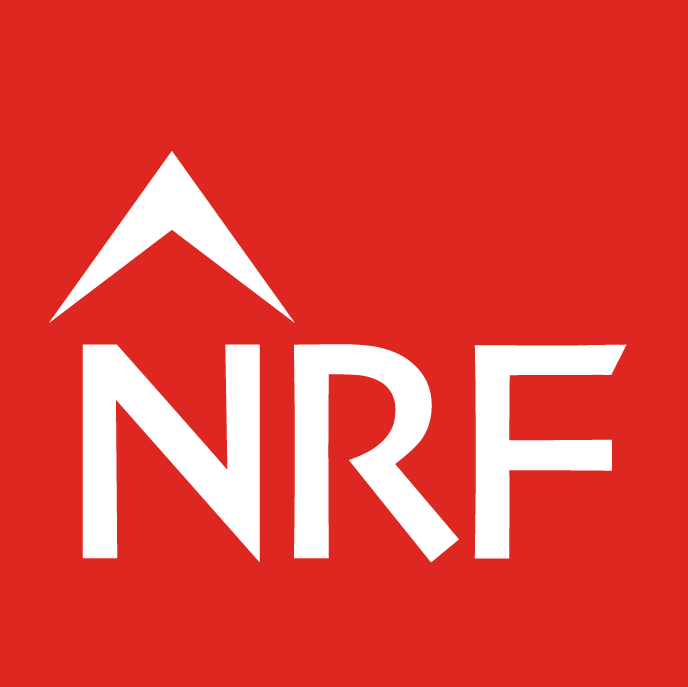
Trademark strategy: it sometimes pays to purchase
Global | Publikation | Januar 2023
When an applicant for a trademark encounters an obstacle posed by an existing trademark, they usually take the course of invalidation, cancellation or opposition to deal with it. Another approach is to strive for coexistence, when the prior trademark is somewhat distinct and is being used, or when other circumstances make it difficult to overcome. A tactic that should not be forgotten, however, is to acquire an existing trademark via purchase. There are times when this might be the best option due to commercial considerations. Although there is more than one form of acquisition, this article will focus on purchase via agreement.
To uphold legitimate trademark registration and proper market order, legal measures should be taken as far as possible to invalidate or revoke prior trademarks registered maliciously. China has intensified its crackdown on malicious trademark squatting from all sides – legislative, administrative and judicial. This has encouraged applicants not to give in and deal with trademark squatters, so as to prevent the formation of a market environment where such behaviour is rewarded.
However, when conventional strategies cannot meet an applicant’s commercial needs – due, for example, to the way trademarks are structured globally, or competing needs of commercial planning – purchasing trademarks should be considered.
SUITABILITY OF TRADEMARK PURCHASE
Avoid purchasing in a malicious trademark squatting scenario.
As mentioned above, when applying for registration of a trademark, the applicant needs to consider all feasible options at hand, but should also strive to maintain proper trademark registration order. Only through the joint efforts of legislators, administrators, judicial officials and applicants can the proper market order become well established and protected.
As far as the applicant is concerned, even if the prior trademark is difficult to overcome, it is necessary to verify in advance if it is obviously a product of malicious trademark squatting. For maliciously registered trademarks, purchase is generally not recommended. On the one hand, this is to avoid rewarding and therefore encouraging malicious trademark squatting; on the other hand, a proper trademark registration order will, in the long run, be more beneficial to all trademark applicants with legitimate use in mind.
Avoid purchase if opposition, cancellation or invalidation is available.
When encountering an existing trademark, first try to solve the problem through conventional strategies, for example, discussing trademark coexistence with the other party; or if antagonistic measures are called for, invalidating, cancelling or opposing the prior trademark, which in most cases resolves the issue. It is not recommended that the applicant directly purchase the trademark just to save time or procedural costs, so as to avoid encouraging trademark squatting.
Consider litigation or other means based on evidence of infringement.
When confronting the trademark squatter, it is also possible to identify other acts of infringement, such as the use of squatted trademarks in registered commodity categories of other applicants, or the trademark squatters’ infringement of the copyright and other rights of the applicant. In such cases, if an infringement litigation is initiated against the trademark squatter, the prior trademark may be won as part of a settlement.
Consider purchase when there is a serious conflict between the conventional strategies and the commercial arrangement.
When the applicant engages in global trademark registration or other such arrangement, if conditions for the conventional trademark strategies such as opposition, cancellation, invalidation or litigation cannot be met, or are unfeasible due to the urgency of business planning, it may be necessary to consider purchasing the trademark. However, it is not always easy to negotiate the purchase and transfer with the trademark owners, especially as some may be trademark squatters themselves.
MATTERS OF CONCERN
Verify identity of the trademark owner.
Sometimes the applicant cannot directly contact the owner of the existing trademark, but only a third party claiming to represent the owner or the agent of the trademark at the time of application. In such cases, as the contact information and the agent itself can be changed, there are risks if the identity of the real owner cannot be affirmed. Therefore, the identity of the registered trademark owner must be carefully verified before the trademark purchase.
Verify the agency authority.
When contacting any person claiming to have the right to act as an agent for a trademark transaction, it is necessary to verify this through the official address of the trademark owner published by the companies registry or official website. If the other party is a trademark agent, it is necessary to conduct a background check on its qualification and reputation. Any agent found to have a bad track record, or which hasn’t been established for long, the applicant should verify in multiple ways that the trademark owner has indeed authorised the trademark transaction.
Other concerns.
After checking, verifying and confirming the agency’s authority, the price of the trademark purchase, transfer procedures, delivery time and payment steps also need to be carefully considered and arranged. Also, it is advisable to stipulate high liquidated damages in the agreement to reduce the risk of default by the other party. If conditions permit, notarisation of the agreement may also add some protection.
To sum up, as part of an overall trademark strategy, applicants should not only consider the conventional application methods and approaches, but also regard the purchase of prior trademarks as a feasible option in special circumstances, as long as the timing and means of purchase are appropriate.
The original article was published in China Business Law Journal, 21 July, 2022.


